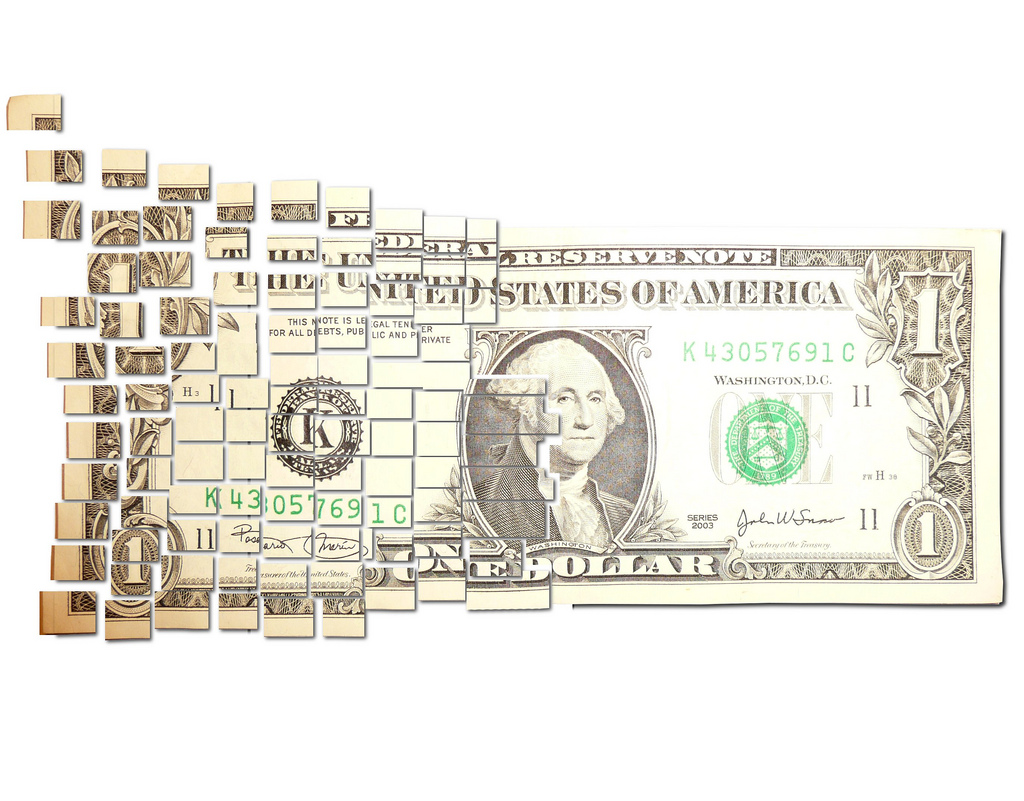
When Communication and Energy Production change, a Revolution is born. This is the intriguing and powerful idea spread by American economist Jeremy Rifkin, who recently gave an interview to Brazilian Magazine Exame about his most recent book, entitled “The Third Industrial Revolution”. Although the central idea that social and economic changes are enabled by technology isn’t novel at all, Rifkin places digital communication in a critical role and he implies that a emerging economic model is somehow inspired by the Internet communication pattern (i.e., the network).
The internet is collaborative and it is no longer based on hierarchy. At the same time, we have moved towards a power generation disseminated made at the individual level. This is the great transformation in the energy field.
Buildings that produce and storage energy are already in place in Europe and the US, and a key feature of this new model is obviously the ability to coordinate production and demand. Here comes information and communication technologies. Let’s say, a giant Facebook especially designed for electrons. Last week, I attended to a Green Cross International seminar in which were presented some projects in California built upon intelligent, bidirectional electric networks. Plans to phase out non-renewable energy sources include costs to migrate entire electric national systems to ‘collaborative’ ones (Germany and Switzerland are in this path, for instance). As for humans, networks seem to change the energy world, by decentralizing it.
It is also interesting to see that a influential thinker is spreading the view that green economy isn’t peripheral, alternative business at all. He talks about big money, and stands for a comprehensive and solid economic plan to support it.
Targets for reducing CO2 emissions seem a punishment. What will be seen with increasing force (…) is the discussion of a new economic paradigm. Something dealing with climate change, renewable energy, but to extend our view of the problem. It is worth noting: the quest for energy efficiency creates jobs and business at large.
In a very similar sense, a The Economist’s recent special report foresees a disruptive change in manufacturing based on new digital tools. The author analyses how digital tools are already enabling personalization (i.e., the production of highly customized products outside an assembly line) and therefore challenging the classical industrial orientation to scale. This is called additive manufacturing, or 3D Printing. Another outcome of digital manufacturing is the lowering of proportional costs of labor in the overall product costing, allowing manufacturers to potentially bring facilities and production centers back to developed countries.
Even more intriguing is the relation of the network pattern and manufacturing, which is already happening, through a new phenomena called Social Manufacturing. Networks of personalized manufacturing processes are gathering together to provide general public new solutions to build things. The economist Paul Markillie, the article’s author, concludes:
As manufacturing goes digital, a third great change is now gathering pace. It will allow things to be made economically in much smaller numbers, more flexibly and with a much lower input of labour, thanks to new materials, completely new processes such as 3D printing, easy-to-use robots and new collaborative manufacturing services available online. The wheel is almost coming full circle, turning away from mass manufacturing and towards much more individualised production.
APA Reference List Entries
- A Terceira Revolução Industrial – Revista Exame – EXAME.com. (n.d.). Retrieved June 25, 2012, from http://exame.abril.com.br/revista-exame/edicoes/1018/noticias/a-terceira-revolucao-industrial
- A third industrial revolution | The Economist. (n.d.). Retrieved July 1, 2012, from http://www.economist.com/node/21552901?fsrc=scn/ln_ec/a_third_industrial_revolution

Você precisa fazer login para comentar.